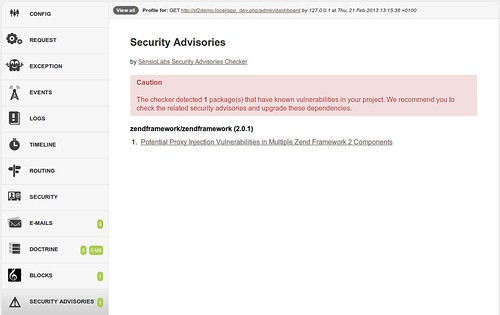Arduino mit PHP und Javascript programmieren
Seit geraumer Zeit besitze ich ein Arduino UNO, habe damit aber noch nicht viel mehr gemacht als ein paar LEDs zum Blinken zu bringen oder einen Servomotor anzusteuern. Vielleicht sollte ich mir endlich ein Ethernet-Shield dazukaufen, denn so völlig offline kann ich gar nicht mehr denken, weswegen mir da teilweise die Ideen fehlen O_o Außerdem werden die Arduino-Boards üblicherweise in einem vereinfachten C-Dialekt programmiert, der zwar einfach zu erlernen ist, aber auch nur bedingt Spaß macht (vor allem mit der offiziellen IDE) ![]() Zum Glück gibt es aber, wie bei Open Source-Projekten nicht ungewöhnlich, schöne Alternativen.
Zum Glück gibt es aber, wie bei Open Source-Projekten nicht ungewöhnlich, schöne Alternativen.
Firmata
Firmata ist ein Programm, welches - einmal auf das Arduino-Board übertragen - die Kommunikation mit Software auf einem anderen Computer ermöglicht. Firmata definiert gleichzeitig also auch das Protokoll, über welches mit dem Arduino (in beide Richtungen) kommuniziert werden kann. Wenn ich das richtig sehe, wurde Firmata zunächst für den Einsatz mit Processing entwickelt. Mittlerweile gibt es aber eine ganze Reihe von Client-Bibliotheken für verschiedene Sprachen.
Das Arduino-Board kann also von einem Host, auf dem die Software läuft, angesteuert werden; es können aber auch Sensoren oder z.B. ein Potentiometer ausgelesen werden. Für mich persönlich ergibt diese Kommunikation mehr Sinn als das pure Aufspielen eines Sketches, der dann auf dem Arduino-Board autonom vor sich hinläuft.
"Arduino mit PHP und Javascript programmieren" vollständig lesen

